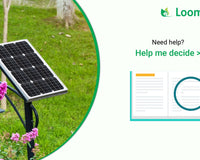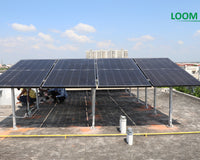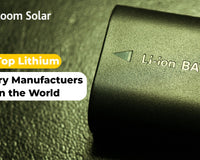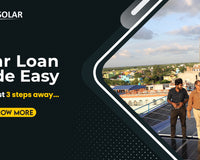People all over the world rely heavily on lithium-ion batteries almost every day. Despite its small weight, higher power density, and potential for replenishment, this innovation is becoming more common in everything from computers and cell phones to hybrid vehicles and electric vehicles. So, you might be puzzled and curious about its working. In this guide, we explore how lithium-ion batteries work, the science behind them, how they charge and discharge, and their applications.
Perfect Energy Storage
2 times battery life, consumes 50% less space, needs no maintenance & takes 60% less recharge time
What is the science behind lithium-ion batteries?
Anode, cathode, separator, electrolyte, and two current collectors, positive and negative, make up the whole Lithium-ion battery. The lithium is stored in the anode and cathode. The electrolyte transfers positively charged lithium ions from the anode to the cathode of the separator. The mobility of lithium ions inside the anode produces free electrons, resulting in building a charge towards the positive current collector. The electrical charge then travels from the positive current collector to the negative current collector connected to a cell phone or a computer device. Within the battery, the separator stops the electrons from flowing freely.
How do lithium batteries get charged or discharged?
The anode transfers lithium ions toward the cathode as the battery starts discharging and delivering an electric current, resulting in an electron flow between one end towards the other. Once a gadget is plugged into a wall source or through a power adapter, the cathode discharges lithium ions, which are then accepted by the anode.
What are the applications of lithium-ion batteries?
Lithium-ion batteries come in a variety of forms and sizes. As a result, they are an excellent choice for energy requirements, regardless of several parameters. Furthermore, lithium-ion batteries provide energy solutions that transcend various possibilities, including use cases such as storing energy and portable energy. The following are some of the most common uses for lithium-ion batteries.
- Mobile phones, laptop computers, and other typical range of consumer electronics like smartwatches, wireless earphones, & Bluetooth speakers are all powered by lithium-ion batteries.
- In Electric vehicles (EVs), A Lithium-ion battery replaces the gas tank, and an electric motor replaces the internal combustion engine entirely in electric automobiles.
- Lithium-ion batteries are used in drones and satellites.
- Used in Portable Power Batteries that Help Reducing Power outages
- Lithium-ion batteries are used by UPS for computers and other emergency power backup systems such as inverters to run home
According to Visual Capitalist, as the demand for electric vehicles develops, the amount of lithium used in batteries is expected to increase even further, with batteries accounting for 84% of all lithium output by 2025.
We believe that this guide has helped you understand the workings, science, and applications of lithium batteries.
Source:
- https://elements.visualcapitalist.com/lithium-consumption-has-nearly-quadrupled-since-2010/
- https://www.eletimes.com/lithium-ion-battery-applications-advantages
- https://www.energy.gov/eere/articles/how-does-lithium-ion-battery-work












